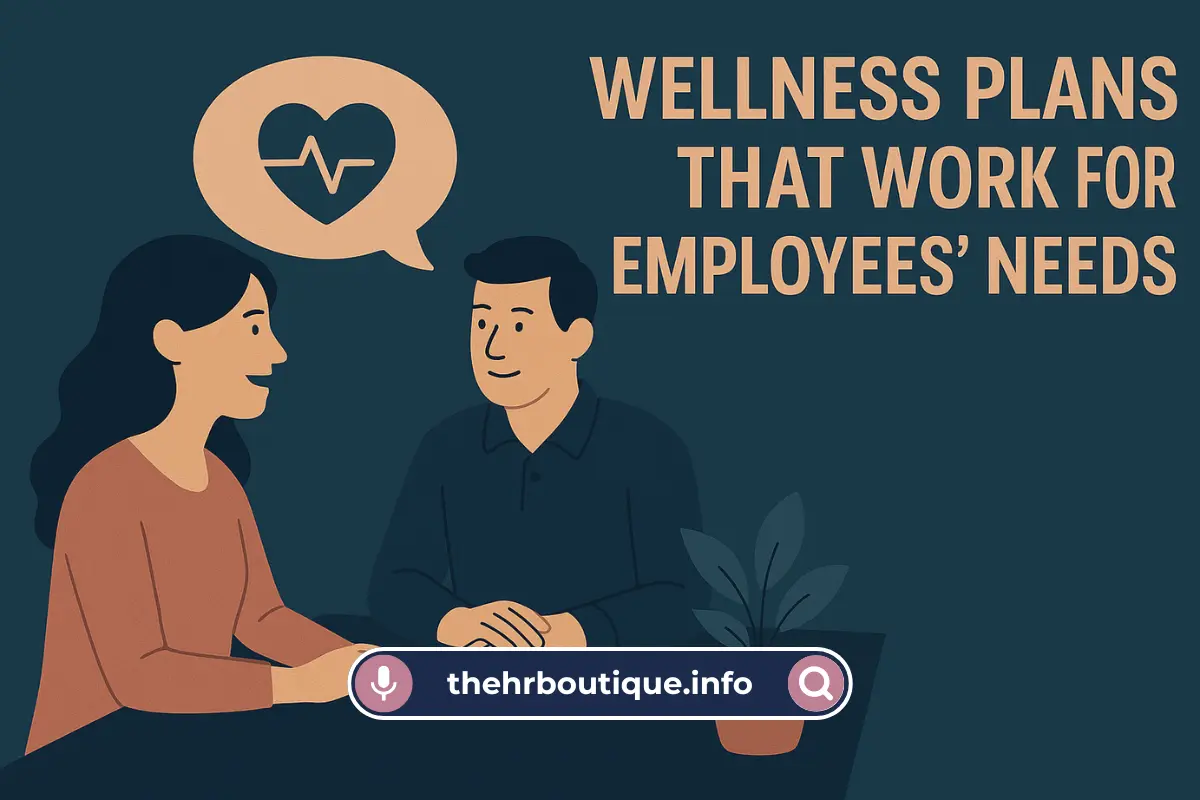Let me tell you about the worst wellness program I’ve ever seen. A former employer brought in a perky consultant who made us do trust falls at 8 AM on a Monday. Half the team “coincidentally” came down with the flu that morning. The other half? We’re still in therapy.
That’s the problem with most workplace wellness initiatives – they’re designed by people who’ve clearly never worked a real job in their lives. If your idea of “employee wellbeing” is forcing exhausted parents to do jumping jacks before their 7 AM shift, you’re doing it wrong.
Here’s what actually works, from someone who’s been on both sides of this mess:
Step 1: Stop Assuming You Know What People Need
Remember when Google gave everyone those fancy standing desks? Turns out most employees just stacked boxes on them and called it a day. Before you spend money on anything, try this revolutionary concept: Ask.
But not with some HR-approved survey full of corporate jargon. Try:
- Walking around with coffee and actually talking to people.
- Anonymous sticky notes in the break room.
- A brutally honest Slack channel called “Wellness Sucks Here”.
You’ll quickly learn that what management thinks is helpful (looking at you, mandatory fun runs) and what employees actually want (like being able to pee without getting side-eyed) are completely different.
Step 2: Fix the Actual Problems First
No amount of free kombucha will make up for:
- Managers who send emails at midnight.
- Meeting schedules that leave no time for actual work.
- That one broken microwave that sparks like it’s possessed.
Before you roll out any new program, ask yourself: “Is this solving a real problem or just putting a bandaid on our toxic culture?”
Step 3: Make It Human-Friendly
The best wellness initiatives I’ve seen were accidentally created by employees themselves:
- The IT guy who started locking the conference room for “system updates” every Friday at 3 PM (aka naptime).
- The accounting team that “accidentally” scheduled all their meetings in the building farthest from the bathrooms (extra steps!).
- The marketing department rebranded their 2 PM coffee runs as “mental health walks.”.
Your job isn’t to create wellness – it’s to stop preventing it. Notice what people are already doing to cope, then make it official policy instead of something they have to hide.
Step 4: Keep It Simple Stupid
The most effective wellness program I ever participated in? A manager who:
- Blocked everyone’s calendars from 12-1 PM daily for lunch
- Publicly took vacation days without checking email
- When someone said, “I need a mental health day,” I responded, “Cool, see you tomorrow.”
No apps. No challenges. No tracking steps. Just… letting people be human.
The Real Secret Nobody Tells You
Employees don’t want wellness programs. They want:
- To pee when they need to.
- To eat lunch without 17 Slack notifications.
- To leave work at work.
- To not have to lie about “dentist appointments” when they’re burnt out.
Get those basics right first. Then maybe we can talk about meditation rooms.
The Bottom Line
A good wellness plan isn’t about fancy perks—it’s about making people’s lives easier. If you listen to what your team actually needs and give them real, usable options, they’ll be healthier, happier, and more engaged.
And honestly? That’s just good business.


